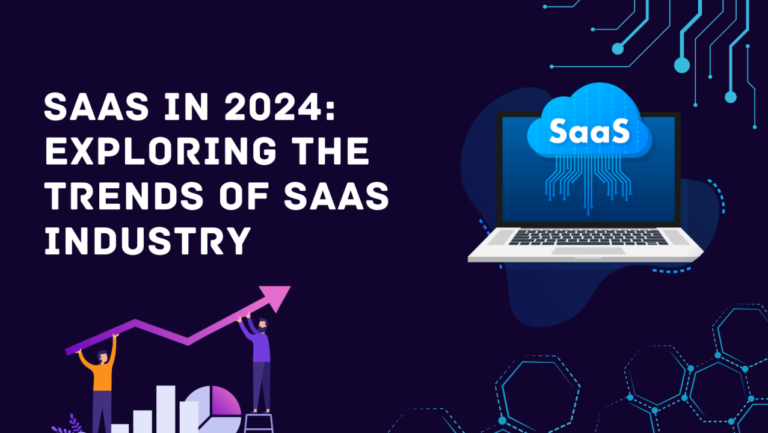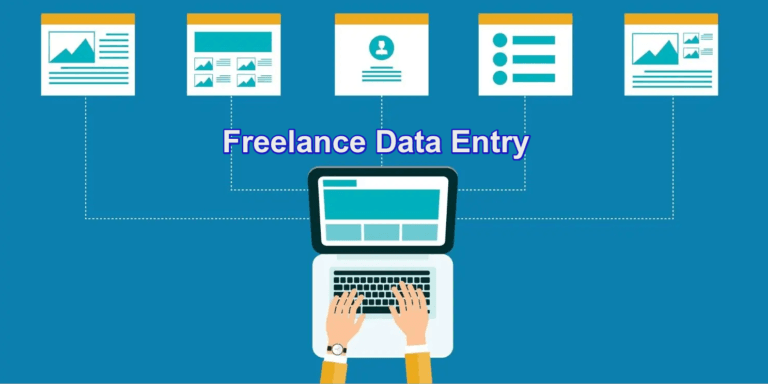Every piece of software is based on data. Regardless of the scale of the project or the system being developed, data management is a crucial part of the software development process. Developers use database management systems (DBMS) to store and retrieve data because they provide a structured and organized method for doing so.
In the past, developers’ preferred language for interacting with databases has been Structured Query Language (SQL), a declarative language for data querying and manipulation. But as software programs have become more complex, managing the link between the application code and the database has become more challenging. The ORM approach helps developers manage this interaction by adding an abstraction layer between the application code and the database.
What is Object-Relational Mapping (ORM)?
Without having to write SQL queries, an object-relational mapper creates an object-oriented layer between relational databases and object-oriented programming languages. By standardizing interfaces, development time is shortened and boilerplate is reduced.
The format of object-oriented programming is difficult to comprehend and grasp since it contains numerous states and codes. To aid developers in comprehending the underlying database structure, ORMs translate this data and produce a structured map. The mapping explains the connections between objects and various tables. In response to modifications the application makes to the data object, ORMs use this information to translate data between tables and generate the SQL code for a relational database to insert, update, create, and delete data. You won’t need to create any more low-level code because the ORM mapping will take care of the application’s data requirements once it is written.
The workings of object-relational mapping
ORM translates the frequently complex codes and state information that object-oriented applications produce. Without understanding how the data is structured, it builds a structured map that illustrates how items link to various tables (of data). In other words, it generates a highly abstract logical representation of the program without revealing the specifics of the underlying code.
Developers can better comprehend the underlying database structure with the use of this knowledge. The relational database will insert, update, generate, or delete data in response to changes made to the data object by the application. This occurs as a result of the ORM converting data across tables and producing the SQL code required by the database to react to changes made by the application and to manage data operations.
A set of objects and the underlying relational databases, XML repositories, or other data sources and sinks are mapped in depth using ORM. It simultaneously conceals from developers and the code they write the frequently changing specifics of associated interfaces. New technologies and capabilities can frequently be incorporated into ORM updates without requiring changes to the code of linked applications.
Types of ORMs
Data-mapper patterns and active record patterns are two alternative methodologies used by ORMs.
Active record pattern: This method translates data to the code’s object-based object structure. In your computer code, you manage data using classes and structures. This approach has issues since it is challenging to remove the database and migrate it to another application because the database structure is closely tied to the code.
Data-mapper pattern: The data-mapper pattern makes an effort to disconnect the objects’ business logic from the database. Using the same programming logic while changing databases may be made simpler by this separation.
The Benefits
DRY (don’t repeat yourself) models include Your model only needs to be written once, making updates and maintenance much simpler. Your entire code points to this particular reference.
Many tasks, including localization and managing the underlying database connection(s), are handled for you.
Due to prepared and sanitized queries, SQL injection is much more challenging.
It may enhance how the underlying SQL is created. Sometimes developers struggle to create SQL.
You do not need to rewrite code if the underlying database is altered.
Because models are OOP, you can extend and inherit from them.
There is nothing a Model cannot achieve if you take the effort to study SQL queries and the philosophy of SQL. Even while you may build extremely sophisticated queries that execute just as well if you wrote them in SQL directly, not all developers invest the effort to understand the language.
The Challenges of Using ORM in Software Development.
It requires learning, and ORM libraries are not simple tools to use. You also need to set it up. the same issue.
Performance is adequate for routine queries, but for large projects, a SQL expert will always perform faster with his own SQL.
The DB is abstracted. While it’s acceptable if you understand what’s going on in the background, it can be a trap for inexperienced programmers who may make very greedy statements, such as a heavy hit in a for loop.
Some ORM Tools
Hibernate

Hibernate An O/R mapping system for the Java programming language is called Hibernate ORM. Assisting users in ensuring improved runtime performance and developer productivity, can make it easier for developers to complete application development tasks. It is designed to be a framework that is easily scalable and can support corporate applications that are mission-critical and serve big user bases. It is renowned for its dependability and extensibility and is also made to be simple to configure.
TypeORM

TypeORM Along with JavaScript and TypeScript, TypeORM is an open-source O/R mapping tool that supports the Active Record and Data Mapper patterns. It can make it possible for programmers to produce highly productive high-quality, scalable, loosely linked, and simple-to-maintain programs. Users can use it to guarantee continuous support for everything from tiny enterprise applications with only a few tables to large-scale applications with several databases.
Sequelize

Sequelize One of the most widely used open-source and simple-to-use Node.js and TypeScript ORM solutions for MySQL, Postgres, SQLite, SQL Server, MariaDB, etc. is Sequelize, in our opinion. By enabling automatic database synchronization and relationships across data models, helps developers with data modeling and can handle labor-intensive tasks without causing problems. Additionally, it can cut down on redundant code while reducing overall development time and expenses. When working on various applications, developers can more easily connect various databases and switch from one database to another with Sequelize. But we think Sequelize may struggle when dealing with intricate relationships and associations, and maintainability may also be a problem.








